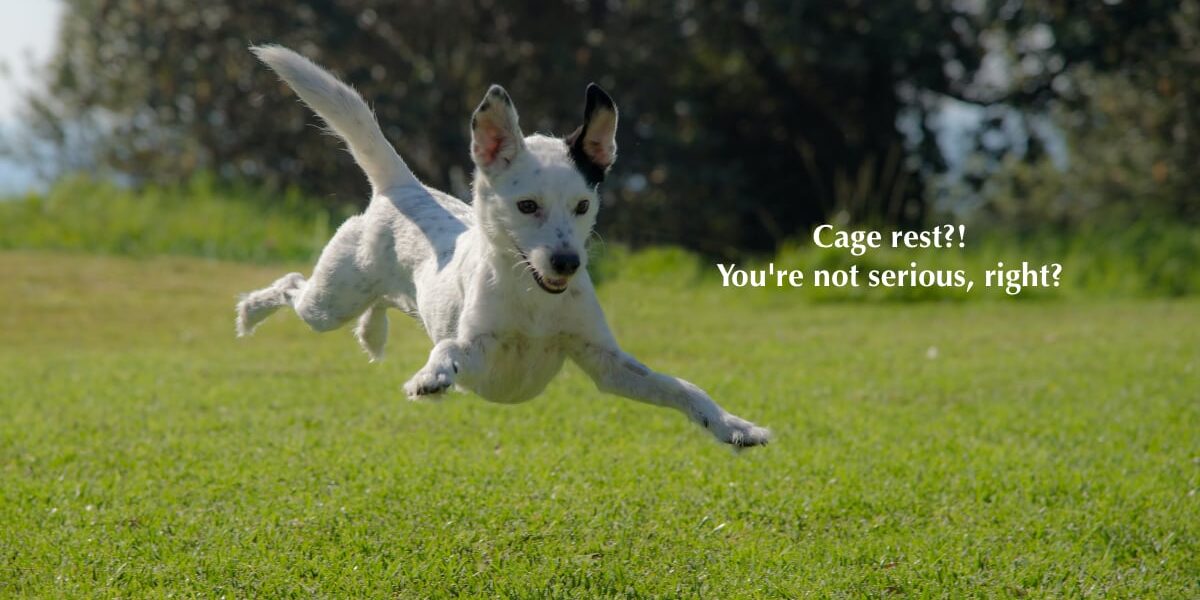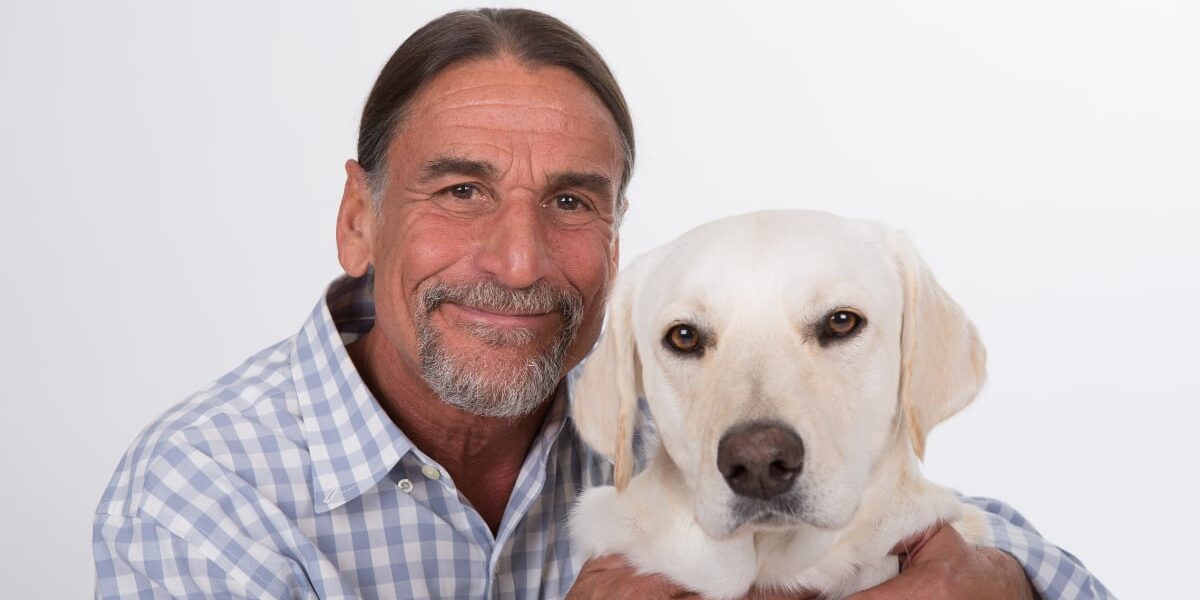Instant Gratification in Health? Run the Other Way!

You’ve got what for me? Suppression? I’m outta here!
The Empty Promise of Our Age
We live in an age preoccupied by getting what we want NOW. Instant gratification. The internet most certainly fosters this. We race from site to site, consuming anything that tickles our fancy at the moment. You want fun, beauty, personal health, good food, and vital animals at the click of a mouse.
Your attention span is measured by every serious marketer on the planet, largely by a monster called Google Analytics. How long does the average visitor spend on a site? Most are gone after 15”! A quarter of a minute! Click, what else? Not that, nope, click, click, click.
Cars are faster than ever. The latest upgrade to the Tesla Model S, the most significant electric car on the market, brings it from 0 to 60 mph in 3.5”! [Confession: I want one. But not for the acceleration – I want to thumb my nose at Big Oil!]
You can plunk down your credit card and get a “makeover” that gives you a shape shifting appearance transformation in a few hours. Throw a surgeon in, and you’re still on your way the same day, minus your belly fat and part of your stomach.
But, when this “need for now” transfers to health challenges, beware! If you’re promised instant or rapid results in a long standing condition, you’re being sold suppression, and that’s downright health damaging.
Let’s see why and explore some common animal examples.
I Want Those Symptoms GONE!
Doctors and health consumers have been making mistakes about this for years. The central mistake is this:
Nothing could be further from the truth. In actuality, symptoms are the evidence of how a patient is trying his best to overcome the disease.
So, with our powerful drugs (think steroids, primarily, and second gen ones like Atopica (cyclosporine, a mycotoxin)), it’s not uncommon to see symptoms go away very quickly. Within a couple of days, itchy allergic Andy the Andalusian is sleeping through the night again.
Whew, problem solved, right?
Wrong! Problem buried, is more like it.
Now We’ve Got a New Disease to Focus On!
All too common is the itchy allergic dog or cat who’s treated with suppressive drugs like these, who comes back after a month or two with something far more serious than itchy skin. Andy now has Cushing’s disease (hyperactive adrenal glands), diabetes (common in cats after steroid injections), heart disease, kidney failure or cancer.
Why? The disease was not only not cured, it took on a deeper and more serious shape. That rapid betterment you sought came at the expense of long term loss of health, an interior movement of the disease.
Does Dr. WhiteCoat realize this? Unlikely. The two diseases look entirely different, so the correlation isn’t made. In the race to “name that disease!”, diagnostic testing reveals a “new” and “different” problem to treat. But we’ve got some more drugs for this one, too!
Other Examples of Suppression
It turns out that surgery, other than perhaps plastic surgery and bone repair, does one thing and one thing only: it suppresses.
Tumors
Think about any animal you know who’s had tumors removed, especially malignant tumors. How long before those tumors came back? Mast cell tumors commonly reappear in dogs, as do sarcoids in horses, and vaccine associated fibrosarcomas in cats. Even benign tumors, like the fatty tumors or lipomas, often return. Indeed, the tumors return more and more quickly post-surgery, the more surgery is done to remove each subsequent crop of these growths.
Here again, a central understanding is often missed:
In the orchard analogy, imagine the foolish apple grower going out and cutting off all the brown leaves on his trees, thinking he was curing his problem.
Where would the wise one look instead? Why, the soil, of course. Something’s not right and needs amending at the deeper level to stop the disease that’s killing the leaves.
And so it is with cancer.
Bladder “infections”
A common scenario in cats, especially those on dry kibble diets, is repeated bouts of cystitis or bladder inflammation. The word “infection” is often incorrectly used, because on culture, the majority of these bladders are sterile. No bacteria are found.
The treatment of these cystitis cats is typically antibiotics each time they flare up. For some unlucky toms, their smaller urethra plugs up with inflammatory cells, mucus and crystals, and they may eventually get their penises cut open to “cure” their problem.
Just as the tumor scenario above, these guys seem to bounce back faster and faster into each subsequent round of cystitis, until finally,
We have bad news, Ma’am. Chester is in kidney failure.”
A relatively exterior disease (in the urethra or bladder), upon being repeatedly suppressed and never cured, takes a more inward course in the same system, and is now far more deep and serious: kidney disease, aka chronic renal failure.
A Far Better Goal: Cure
If you’ve ever been on a hamster wheel like this with an animal, you may have noticed that your animal’s health has steadily deteriorated with each subsequent bout of suppression. It may not be obvious until his health is really seriously compromised towards the end, but, thinking back, you can see a decline.
While the symptoms went away, your animal never really got his spark back. In losing the symptoms, there was no “whole animal” shift to being more alive, more vital, right? Have you noticed this? Quite the opposite is the norm.
In suppression, nothing else gets better. Your animal’s symptoms merely get quieted, shut down, turned off. Over time, her health gets steadily worse.
What you really want is called cure. By definition, cure means not only are the symptoms disappearing as the disease is rooted out, but vigor and vitality return. Other symptoms your animal had also start to fade. Old ones, long suppressed, may come back briefly and also resolve.
It’s not unusual to see a patient reaching cure while seeing playfulness return, teeth whitening up, and fears or suspicious behaviors evaporating, leaving your animal a well balanced, symptom free being. A truly Vital Animal.
Homeopathy, in the hands of a careful, experienced prescriber, has the potential to bring this curative shift in the whole animal. Perhaps acupuncture or herbal medicine, in the hands of an expert, could bring about cure as well. I just don’t hear about it, and never experienced it as an certified veterinary acupuncturist years ago.
Here’s another lovely aspect of cure: it’s a state that doesn’t demand the continued use of medicines. When your animal is cleared of chronic disease, in Hahnemann’s words, the disease has been “extinguished.” When that inner state of balance is restored, animals stay well with minimal input:
- healthy, balanced diets
- avoiding further vaccinations
- avoiding poisons for fleas
- avoiding pesticides in heartworm prevention
Find a Veterinary Homeopath
Some of you may have missed Vital Animal News a few weeks back where I described how to search out a homeopathic veterinarian to help you get your animal to cure. When you join the Vital Animal Pack, you’ll be able to access past issues, but I’ll put it here in brief also.
- Start on my Resources page.
- Scroll down till you find the AVH listing. That’s the Academy of Veterinary Homeopathy, a U.S. based body that trains and tests homeopathic vets and certifies those who meet rigorous standards. If you’re from other countries, search out your homeopathic veterinary org.
- On the AVH website, initiate a search for a homeopathic vet.
- Goals to search for:
- A certified veterinary homeopath
- One who practices all or mostly homeopathy
- One who offers telephone consulting, if no one fitting this filter is near you (likely the case, we are still too few).
If you’re dealing with chronic, lingering disease, the commonest type in animals or people today, you’ll need professional help from a homeopathic veterinarian. This is not DIY illness. It takes careful case management to steer these illnesses to cure.
If you’ve got acute, sudden onset illness like injury, bites, sprains, burns, diarrhea, or intoxication, you can, with a bit of learning and a good remedy kit, do fine treating with homeopathy at home. One way to learn how is through my course, Miracles in Healing, available through Dogs Naturally Magazine.
Have you played the delayed gratification game and brought your animal charges into remarkable states of health? Tell us in the comments.




I have a now 15 yr old Aussie. 3 yrs ago she was diagnosed the adenocarcinoma in her nose with no treatment available and prognosis of death in 2 to 3 months. So I went to work finding information about healing her gut and boosting her immune system. She is alive with no symptoms of the cancer. Raw diet, trans-factors, acupuncture, massage, young living oils, resonant light technology’s Pearl M (rife machine) and the power of prayer (I arranged a prayer circle). I now take the time to help others with the quest for healthy pets.
So very true! Homeopathy has cured both our family and pets. Conventional medicine never cured anything. In fact, it created other problems. My mother developed heart problems from taking arthritis drugs. There was no family history of this. Years later, after many patients complained about the problems, the pharmaceutical company admitted the drugs caused the heart problems. Thank you for another excellent article, Dr. Falconer.
Excellent article!!!!!